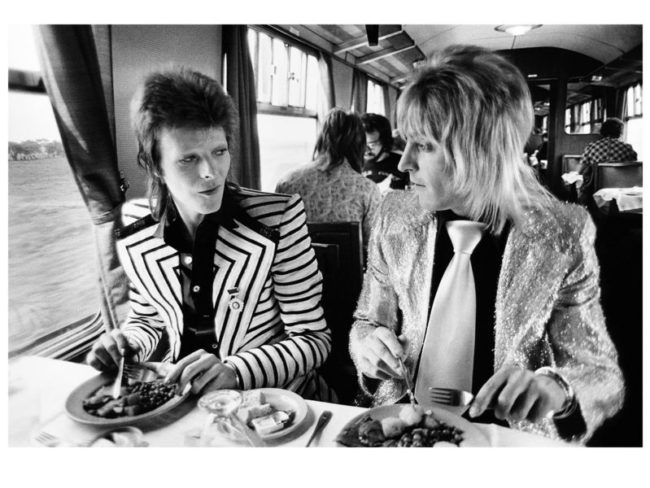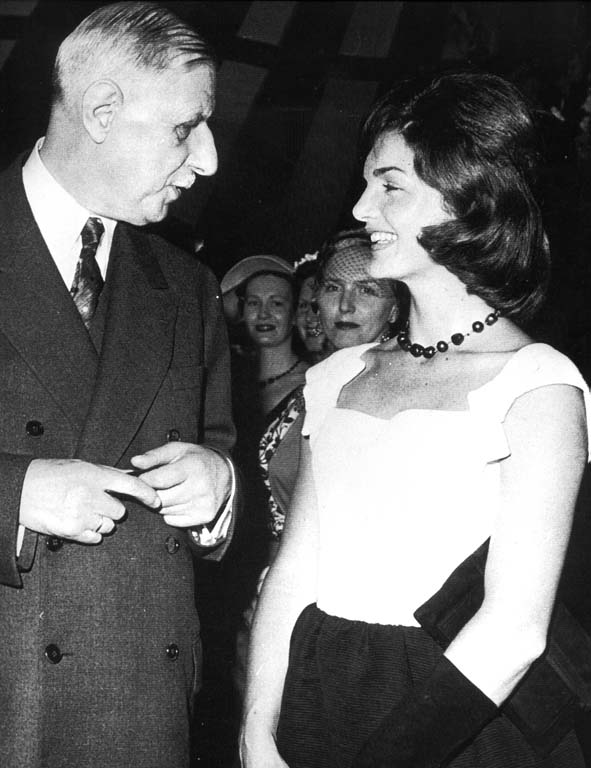Ontology of Clothes I
*Special note: As stated in my Christmas post, these four posts on the ontology of clothes are likely not every reader’s cup of tea. They are one essay and pretty dense. Usually, writings I post are meant to be intellectual but accessible. I hope they are! However, this essay was written for academics and will…



